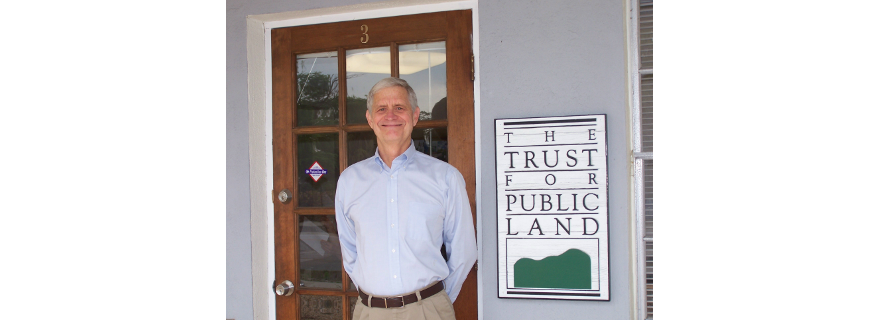By John Garrison
What do Brooker Creek Preserve, the Alafia River Corridor and Wall Springs Park have in common? Besides being some of the Bay area’s most beloved open spaces, there’s this: each was preserved as a public park using funds from the Florida Forever program.
Generally considered one of the most successful land conservation programs in the country, Florida Forever is the blanket program that funds the state’s land conservation. Now in its eighth year, the program is the successor to Preservation 2000, and carries on that landmark program’s 10-year, $3 billion mandate. The two programs have been overwhelmingly supported by our state’s leaders, so much so that even in the face of declining state revenues and wide sentiment for property tax relief, the Legislature and Governor Crist provided annual bond funding this year of $300 million.
As successful as it is, Florida Forever is losing its punch. Though the state’s population continues to grow by about 1,000 new residents every day – a pace that will put our population at 20 million by 2010 – the real value of Florida Forever funding, which was $300 million in 1990, has fallen to about $180 million today. Considering how much land prices have risen in that same time, it’s obvious that we are not getting the bang for our buck anticipated when the programs
began in 1990.
At the same time, the demand for conservation funding is overwhelming. Florida Forever funds three critical state land acquisition programs, and each is feeling the pinch.
Florida Communities Trust (FCT), which makes grants for local communities to preserve open space and recreational areas, received the most applications, for the largest amount of funds, in the program’s history this spring. All told, 118 applications – from cities, counties, and nonprofit and community
organizations — requested a combined $272 million in Florida Forever funds. Yet, FCT receives only $66 million from Florida Forever each year.
FCT is an absolute gem of a program, a resource of Florida Forever that has benefited virtually every corner of our vast state. It is possibly the most effective single tool the state has to help cities and counties protect their most important places, ensure access to parks and accommodate growth. But until there are increased resources, three-quarters of FCT projects will go unfunded.
The Department of Environmental Protection’s Division of State Lands, which buys ecologically important tracts, reports that it has only $40 million in Florida Forever funding on hand. At the same time, it has approved projects and other “anticipated acquisitions” valued at $310 million. The department receives $105 million in Florida Forever funds each year. So, with a total of $315 million expected in the final three years of Florida Forever, the department today has only $45 million left for new purchases in the next three years.
The water management districts also have huge needs to protect land for water supply, watershed protection, and preservation of rivers and springs. The five districts, which received a combined amount of $105 million each year from Florida Forever, have already committed one-third of the funding just approved in the 2007/2008 budget – funds that are not even available yet.
A critical time
The Florida Forever Coalition – a collaboration of The Trust for Public Land, The Nature Conservancy, Audubon of Florida, 1,000 Friends of Florida, Florida Recreation and Park Association, Florida Wildlife Federation and other nonprofit organizations – believes that we must ensure the continuation and expansion of our state’s critical conservation funding.
Florida Forever is fundamental and essential – of incalculable benefit for our health and for our environmental and economic well being in the face of a dizzying rate of growth. That has never been more true than it is today.
For more information about Florida Forever, go to www.tpl.org/floridaforever.
John Garrison is the director of the Southwest Florida Office of The Trust for Public Land, a national nonprofit organization that conserves land for people to enjoy as parks, gardens and other natural
places, ensuring livable communities for generations to come. To find out more, visit TPL online at www.tpl.org/florida.
Article originally published Summer 2007
